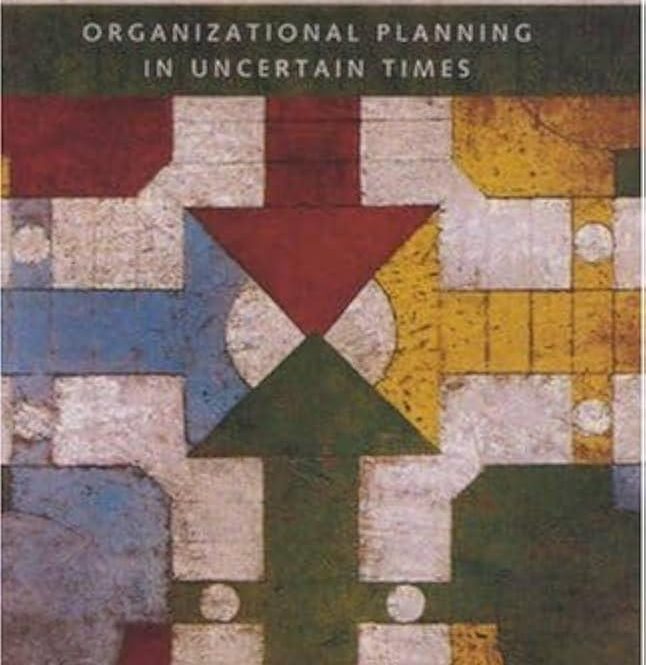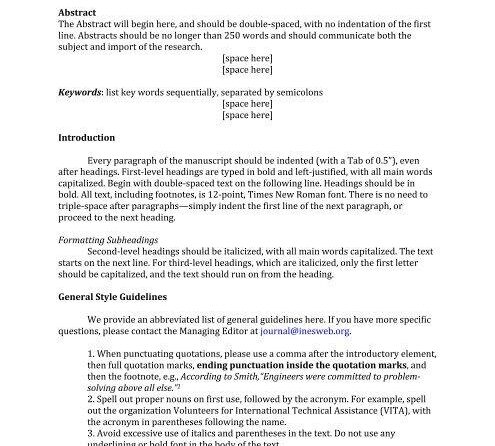Golf, an intricate symphony of precision and strategy, demands an arsenal of techniques beyond the realm of fundamentals. Seasoned golfers elevate their performance through the subtle nuances they execute with deftness and foresight. This article unveils these strategies, demystifying their complexities and illuminating the path towards golfing excellence. From the art of reading greens to the judicious placement of tee shots, we explore the multifaceted decision-making processes that navigate the unique challenges each hole presents. Moreover, we delve into the realm of shot shaping, empowering golfers with the knowledge to shape their ball’s trajectory and spin, unlocking an expanded repertoire of possibilities. Through this detailed exposition, golfers will discover proven strategies to augment their precision, minimize their stroke count, and cultivate a consistent brilliance on the greens.
Expert Green Reading: Unlocking the Secrets of Precise Approach
Reading the greens is a critical skill in golf, as it allows players to anticipate the ball’s path and adjust their shots accordingly. Experienced golfers employ subtle techniques to enhance their green reading abilities.
- Observing Slope and Break: Skilled golfers carefully observe the contours and undulations of the green to determine its slope and break. By assessing the surrounding terrain, they can predict the direction and magnitude of the ball’s deviation. These observations are crucial for planning approach shots that will guide the ball towards the hole’s target.
- Examining Grass Grain: The grain or lie of the grass can significantly affect the ball’s roll. Expert golfers take note of the direction of grass growth, as a ball rolling with the grain tends to travel farther and straighter. Understanding the grass pattern allows them to adjust their approach shots, ensuring the ball reaches the desired spot on the green.
- Consideration of Multiple Perspectives: Experienced golfers move around the green to view it from different angles. This multi-perspective approach provides a comprehensive understanding of the green’s slopes, breaks, and contours. By combining various perspectives, golfers can make more accurate assessments and plan their shots more effectively, leading to precise and consistent approach play.

Strategic Tee Shots: Maximizing Distance and Accuracy
Placement and Control:
Target selection: Identify the desired landing zone to avoid hazards, penalizing strokes, and establish a clear line of sight to the green.
Wind assessment: Consider prevailing wind conditions to adjust club selection and aim. Tailwinds can aid in distance, while headwinds offer added control.
Club Selection and Trajectory:
Optimal trajectory: Use higher-lofted clubs for shots requiring ample height to clear obstacles or carry fairways. Lower-lofted clubs generate longer distances but demand more precise execution.
Shot shaping: Control ball trajectory to adjust spin and curvature. Slices or hooks can be employed on drives to shape shots around obstacles or accentuate bounces.
Tee Height and Stance:
Tee height: Higher tee positions promote higher ball launch angles, effective when requiring added height or providing optimal sightlines.
Stance adjustment: A wider stance can enhance balance and stability, promoting more consistent tee shots. Favor a narrower stance for improved swing tempo and accuracy.
Course Management: Navigating the Labyrinth of Hole Challenges
Course management is the art of orchestrating your shots to minimize hazards and maximize scoring opportunities. Seasoned golfers are skilled in this domain, carefully considering the distance, direction, and obstacles of each shot to craft an optimal path to the green.
One key aspect of course management is shot selection. By understanding the strengths and weaknesses of your shots, you can select the club that will best suit the situation. For instance, on a par-5 with a water hazard in front of the green, choosing a lay-up shot over a riskier drive to avoid the hazard may be the prudent decision.
Another crucial element is green reading. Expert golfers meticulously assess the undulations of the green to predict the break of their putts and adjust accordingly. By accounting for factors such as the slope, grain, and wind, they can increase the accuracy and consistency of their greens in regulation.
Shot Shaping: Mastering Ball Trajectory and Spin for Optimal Results
Shot shaping is an art form in golf that separates skilled players from the rest. It’s about controlling the ball’s trajectory and spin to achieve the most effective result for a given situation. By mastering this technique, golfers can shape shots around obstacles, hit greens more precisely, control distance, and score lower.
Trajectory Control:
- High trajectory: Useful for shots that need to clear obstacles or climb quickly to a green. Hitting up on the ball and using clubs with higher loft helps achieve this.
- Mid trajectory: The most common shot type, ideal for most situations. The ball travels in a controlled arc and lands softly on the green.
- Low trajectory: Best for shots into the wind or over water hazards. The ball flies low and skips along the ground, avoiding obstacles and wind resistance.
Spin Control:
- Backspin: Rotation of the ball backward, causing it to land steeply and stop quickly upon impact. Great for stopping the ball on greens or controlling ball flight in windy conditions.
- Topspin: Rotation of the ball forward, causing it to launch higher and travel farther. Useful for shots that need to carry over obstacles or hold a high line.
Impact of Shot Shaping on Play:
| Shot Type | Trajectory | Spin | Benefit |
|—|—|—|—|
| Draw | Curved right to left | Backspin | Avoids bunkers, fits narrow fairways |
| Fade | Curved left to right | Backspin | Avoids hazards, plays around obstacles |
| High lob | Steeply ascending | Backspin | Clears obstacles, reaches hard-to-reach greens |
| Low punch | Flat and low | Topspin | Travels under wind resistance, avoids water hazards |
The Psychological Edge: Overcoming Mental Roadblocks for Consistent Performance
Cultivating a strong mental game is pivotal for consistent performance on the golf course. Elite golfers harness psychological strategies to overcome mental roadblocks and maintain focus throughout the game.
Emotional Control and Visualization:
- Stay calm and composed under pressure; employ deep breathing techniques to regulate emotions.
- Utilize visualization to pre-play shots and anticipate outcomes, building confidence and reducing anxiety.
Mental Resilience and Positive Focus:
- Foster mental resilience by reframing negative thoughts into positive self-talk.
- Practice positive visualization to focus on successful outcomes and eliminate self-doubt.
Course Management and Decision-Making:
- Analyze the course conditions to identify potential hazards and challenges,
- Weigh risk and reward carefully, making informed decisions based on capabilities and course strategy.
| Strategy | Benefit |
|—|—|
| Pre-shot routine | Establishes consistency, promotes focus, and reduces mental distractions. |
| Target visualization | Enhances accuracy by creating a clear mental image of the desired ball flight. |
| Positive self-talk | Boosts confidence, eliminates negative thoughts, and promotes a growth mindset. |
the application of subtle techniques in golf can significantly enhance a player’s performance. By mastering the art of green reading, strategic tee shot placement, course management, shot shaping, and psychological strategies, golfers can gain a competitive edge while navigating the complexities of the game. This article has provided an in-depth analysis of these techniques, empowering readers with a wealth of knowledge and practical advice. Armed with this newfound understanding, golfers can elevate their skill set and consistently deliver exceptional results on the greens.





